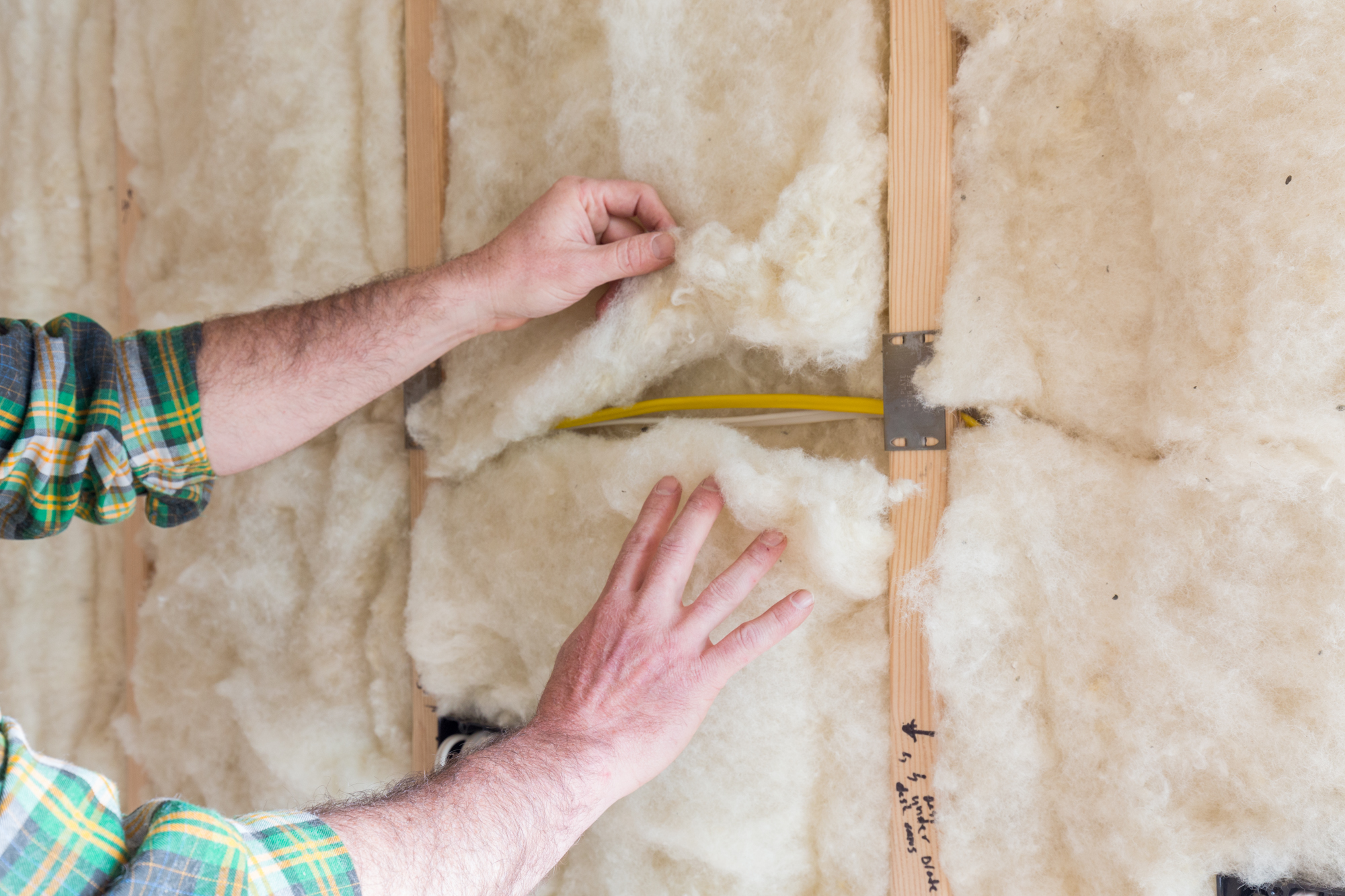What is R-value? Updated March 4, 2021
Put simply, R-value is a metric used to judge thermal insulation performance. It’s expressed as a number and the higher the R-value, the better the product’s insulating ability. R-value was conceived with the best intentions. The Federal Trade Commission put forth the R-value rule in 1979 as a way “provide consumers with information about thermal insulation products, based on uniform standards, that allows them to make meaningful, cost-based purchasing decisions among competing products.”

But is R-value really the best way to judge an insulation’s performance?
Let’s start first with how R-value is measured. It’s a scientific process conducted under uniform conditions. Specifically, the temperature must be at a mean of 75 degrees and the test does not account for air or moisture movement. These conditions are not the norm as deviations in the environment are significant, if not severe in the real world. Buildings are not 100% airtight and as we’ve written before moisture is an inevitability. So insulation performance can vary as the environment changes. But before we get to the applied reality of your insulation we’d note that manufacturers can play a role in setting the parameters for testing and design products around them. As these conditions vary greatly in the real world we must consider much more than R-value when making buying decisions.
The laboratory R-value purported on your insulation isn’t what you get in the real world
The FTC has actually recognized this fact… “Citing research that heating energy consumption can vary 25 to 38 percent in structures insulated to the same nominal R-value with different insulation materials, CIMA similarly asserted that, by focusing only on R-value, the current Rule has the effect of misleading consumers into thinking that R-value is the only consideration when buying or specifying insulation.” So yes the federal organization that regulates R-value admits to its shortcomings. They continued with comments last year addressing the lack of environmental factors other than temperature in R-value’s calculation, specifically wind and moisture… “However, quantifying and providing uniform comparative ratings to reflect these various factors would significantly complicate the Rule’s disclosures and likely confuse consumers, without providing commensurate benefits.”
So where does this leave us now?
To be blunt, don’t just consider R-value in your insulation decision. Insulation is a hugely important decision as it relates to a structure’s efficiency and R-value is one more (inaccurate) measure – unless you live in a lab. Moisture control should be paramount in a buying decision. How does your insulation perform when it is wet? Knowing that it will get wet immediately begs the question of mold, mildew and breathability. How healthy is your insulation is an easy one. What does it off-gas: harmful chemicals or dangerous particulate, or both? Is there an insulation that will help clean the air of harmful chemicals found in other building materials?
You can see where this is going. There is indeed a healthy, high-performance insulation option.
Our goal at Havelock Wool is to provide transparency around insulation options available to consumers. Clearly, we are biased to wool and we hope you agree. But if not, we are happy to at least provide more perspective to the important conversation around healthy, sustainable building.

I love my Havelock wool in my Transit Van. It has performed very well in the short time that I’ve had it installed. I would purchase it again in an instant.
I love the “no brainer” logic you bring to this topic!
Just sent Josh a few pics of my van in progress….great product super user friendly wish I had this when I was building all my ranch buildings some time back, there is a lot of misleading information out there. I hope the building industry catches on quick!
It was helpful when you explained the scientific processes that are used to determine R-value for insulation. My parents mentioned they’re interested in getting new wall insulation for their cottage-style home before winter’s over. I’ll have to share this info so they can ask the right questions to find an insulation service that’s knowledgeable!